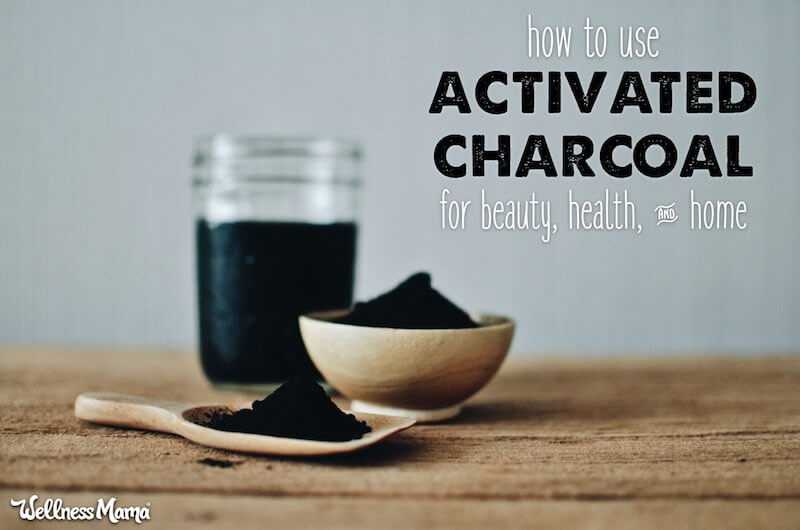Uses of Charcoal

Image collected
Charcoal is quite a familiar term, even in the modern world. Someone completely uneducated in chemistry could recognize charcoal due to its vast range of uses. Charcoal is a lightweight black carbon residue produced by removing water and other volatile constituents from animal and plant materials. Usually it is produced by a process known as slow pyrolysis. In this process, wood or other organic material is heated in the absence of oxygen. This process is called charcoal burning. The finished charcoal consists largely of carbon. The absence of water in charcoal makes it a more efficient fuel than wood. Charcoal burns at a higher temperature and give off very little smoke compared to wood.
Many Faces of Charcoal
Common charcoal is made from peat, coal, wood, coconut shell, or petroleum. There are other types such as sugar charcoal, lump charcoal, Japanese charcoal, white charcoal, Ogatan, briquettes, and the more popular activated charcoal.
Charcoal has been used for a long time in human history, not just as fuel but in the field of art and medicine as well. By far its most important use has been as a metallurgical fuel. In processes where intense heat is required, charcoal is used as fuel, such as a blacksmith’s forge. It is also ground into a fine powder to be used as black pigment. Due to its high surface area charcoal can be used as a filter, and as a catalyst or as an adsorbent.
Activated Charcoal
Anyone keeping up with the trends will know that activated charcoal has risen in popularity in the latest few years. In beauty and fitness products, the use of activated charcoal has been introduced. It is not the same as other forms of charcoal such as charcoal bricks or burnt bits of food.
Producing activated charcoal involves heating carbon-rich materials such as wood, peat, coconut shells, or sawdust, to very high temperature. In this process the charcoal lets go of previously absorbed molecules and its bonding sites are freed again. This ‘activation’ process reduces the size of the pores in the charcoal and makes more holes in each molecule, therefore, increasing its overall surface area. The manufacture of activated charcoal makes it extremely adsorbent, allowing it to bind to molecules, ions, or atoms. In this way, it removes these from dissolved substances. As a result, one teaspoon full of activated charcoal has more surface area than a football field.
Popular Detox Agent
The absorption or ‘entrapping’ properties of activated charcoal are nothing new. Due to this effect, charcoal has been used in medicine since way back in history. Hippocrates (c400BC) and Pliny the Elder (AD50) both noted its efficacy in treating ailments like vertigo, anthrax poisoning and even absorbing unpleasant odours from rotting wounds. But how does charcoal succeed in doing so? That effect is mostly attributed to its absorbing and filtering capabilities. In modern industry and health treatment, it’s used largely as a filtration for purifying everything from air, water to alcohol filtration and of course its medicinal uses in toxin absorption. While the benefits of activated charcoal are nothing new, its appearance in the wellness and beauty scene is an innovative extension of its absorption properties. Let us explore the various uses of activated charcoal that has become commonplace.
Food Additive
A pitch black drink or dessert might seem unappetizing to some but lately, adding activated charcoal to food has become a gourmet whimsy. From charcoal lemonade to charcoal muffins, even completely black burgers have become less shocking. High-end juice companies are adding activated charcoal to their products because the charcoal can absorb toxins from the body and leave you feeling renewed. Many people eat or drink these products hoping to benefit from activated charcoal's detoxifying properties.
Stomach Soother
Even medical professionals sometimes prescribe charcoal for ailments related to stomach and digestion. For symptoms such a gas pain, indigestion or a bloated belly, an activated charcoal tablet can provide relief. Aside from a pill, it also comes in powder form. Even though this remedy has become popular recently, it actually has been around for ages.
Oral Health
It might astonish some people that a black substance as charcoal can keep your pearly whites glistening brighter. But charcoal powder is a very cheap way to whiten teeth. This powder is great to take along while travelling as well. It can remove plaque to bring back whiteness to discolored teeth. There isn’t any special treatment involved. Mix activated charcoal powder with water until it is a thick enough consistency that it will stay on your toothbrush (1 or 2 emptied capsules is likely what you’re looking at). Brush your teeth gently or even just dab the mixture onto your teeth. Wait 3 minutes before rinsing. Mixing the powder from a capsule to your regular toothpaste and using it to brush is another method that works. Mixing a teaspoon of water and a teaspoon of powdered charcoal and using it to rinse your mouth like a mouth wash is also effective. It is best to hold the mixture in your mouth for about five minutes. These methods can be used daily.
Facial Mask
Activated charcoal is used in many skincare products to remove dirt and impurities from skin. Mostly due to the toxic and unhealthy environment we live in, our skin picks up a horrifying amount of dust and pollutants.These mostly clog our pores, cause breakouts and makes the skin appear dull. Activated charcoal face masks reach into the pores to help rid these impurities. This leaves your face feeling fresh. Use it with an exfoliating scrub to get the dead skin off and experience an even deeper clean.
Hair care
Just like skin, activated charcoal can work wonders to cleanse hair of unwanted particles. There are regular and dry shampoos containing activated charcoal that can be used by anyone. You can also add a teaspoon of charcoal powder to your regular shampoo and use it to see how your hair takes it.